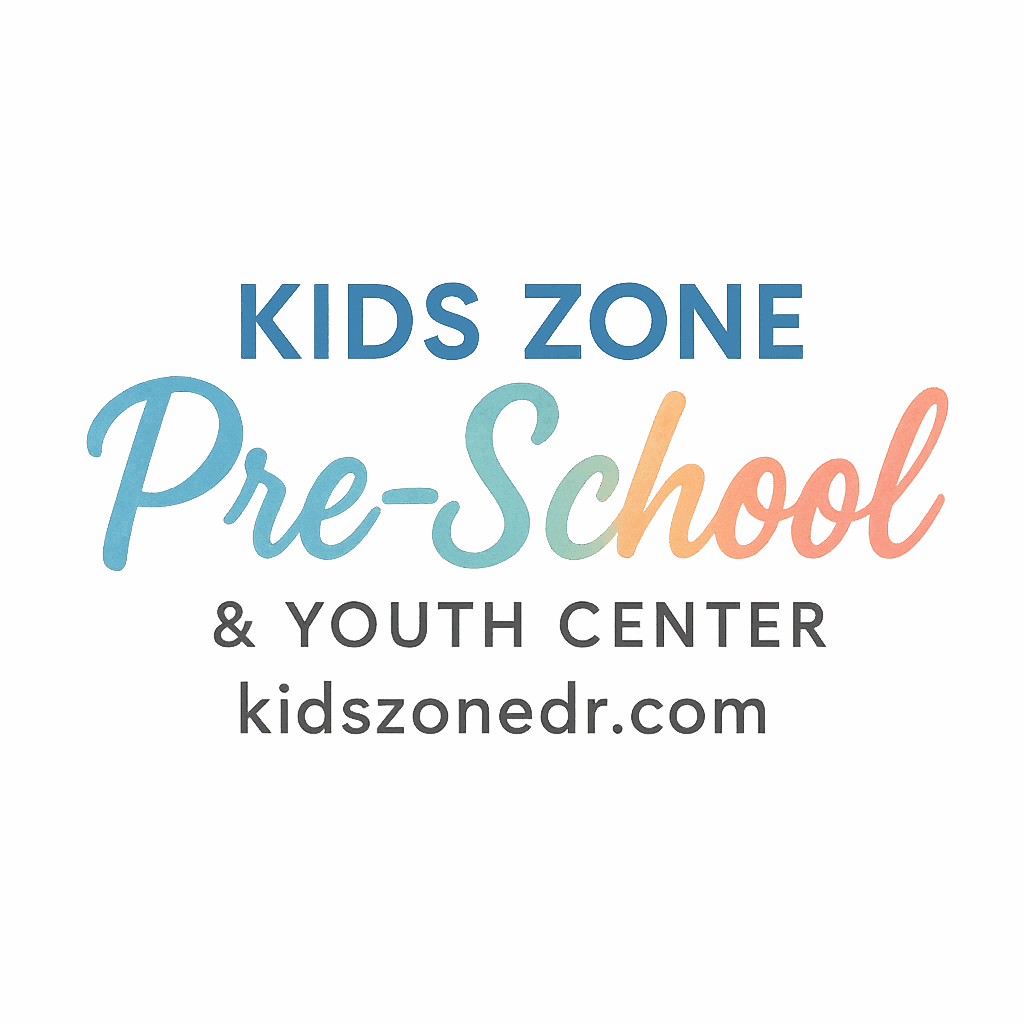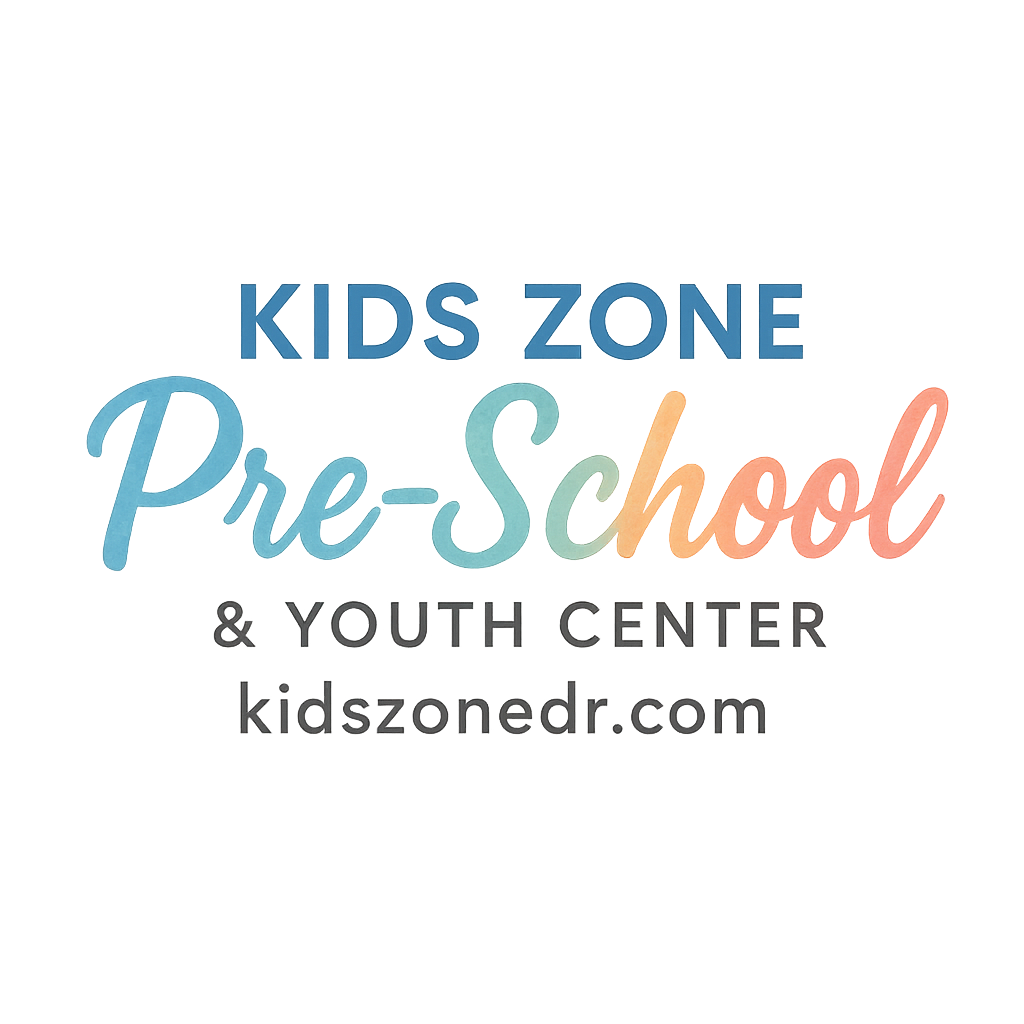Introduction
Let’s face it—sending your little one off to preschool can already feel like a leap of faith. Add allergies to the mix, and that leap feels more like a tightrope walk. If you’re a teacher or parent of a preschooler with allergies, you know how essential it is to create a safe, nurturing space for every child.
In this article, we’re diving into 9 allergy management tips specifically tailored for preschool environments. These tips are designed to empower both teachers and parents with knowledge, tools, and strategies to prevent allergic reactions and create a healthy, happy space for our little learners.
Why Allergy Management in Preschool Is Crucial
Growing Allergy Cases Among Preschoolers
Allergies in young children are more common than ever. From peanut sensitivities to pollen-induced sneezing fits, managing these conditions in a preschool setting has become a daily reality. According to recent studies, nearly 1 in 13 children has a food allergy—and the numbers are on the rise.
Importance of Early Intervention
Preschool is often the first time children are away from parental supervision for long periods. Without proper allergy management, even minor exposures can lead to major issues. Early awareness and education play a pivotal role in minimizing risks.
Check out our related article on health and safety in preschool for more essential information.
Understanding Common Preschool Allergies
Food Allergies
Food allergies are the most prevalent in early childhood.
Nuts, Dairy, Eggs, and More
Common triggers include peanuts, tree nuts, dairy, eggs, soy, and shellfish. These ingredients can hide in snacks, lunches, and even art supplies (looking at you, peanut butter-based dough!).
Explore more about healthy eating habits to plan allergy-conscious meals.
Environmental Allergies
Dust, Pollen, and Mold
Sneezing, itchy eyes, and rashes—these may be signs that your preschooler is sensitive to environmental allergens, which can often be found in classroom carpets, ventilation systems, or outdoor play areas.
Insect Sting Allergies
Reactions to bee or wasp stings can be life-threatening. Educators must be prepared for outdoor activities and know what to do in an emergency.
Tip #1: Create an Allergy-Safe Classroom Environment
Cleanliness and Allergen-Free Zones
Start by designating allergen-free tables or areas in your classroom. Keep cleaning supplies handy, and wipe down surfaces before and after meals or snacks.
Labeling and Storage Tips
Keep all food in clearly labeled containers. Use separate shelves or bins for allergen-free snacks. Always double-check labels—even “healthy” foods may contain hidden allergens.
Want to see how preschools structure their environments? Visit daily routines & activities for more.
Tip #2: Have an Allergy Action Plan in Place
Emergency Response Procedures
Every classroom should have a written action plan for each child with an allergy. This includes steps for recognizing symptoms and using medication like epinephrine auto-injectors.
Documentation and Accessibility
Keep action plans and medications in an easy-to-reach location. Include photos and emergency contacts on each plan. Be sure substitutes and aides are in the loop, too.
For help structuring routines and records, explore our tag on routines.
Tip #3: Train All Staff on Allergy Protocols
Recognizing Signs of Allergic Reactions
From hives to trouble breathing, staff must be equipped to spot allergy symptoms. Early recognition can make a life-saving difference.
Epinephrine and Medication Training
Every staff member should know how and when to administer medications, especially epinephrine. Training sessions and refreshers should be mandatory.
Want more on school preparedness? Check out our first-day tag.
Tip #4: Communicate Regularly with Parents
Sharing Allergy Policies and Updates
Transparency is key. Set clear policies and make sure parents know them. Inform parents of any food-related activities or changes in the classroom.
Encouraging Ongoing Dialogue
Encourage parents to update teachers about changes in their child’s condition. Weekly check-ins or digital updates can be incredibly helpful.
Our guide on parental guidance & involvement has great strategies to improve communication.
Tip #5: Educate Children About Allergies
Building Awareness in a Friendly Way
Kids are naturally curious. Use age-appropriate stories, games, or songs to teach them what allergies are and why it’s important to help their friends stay safe.
Encouraging Empathy and Support
Help kids recognize how they can help—like washing hands, not sharing snacks, and telling an adult if a friend feels unwell.
See more in our articles tagged with child talk and confidence.

Tip #6: Manage Snack Time and Food Allergies Cautiously
Safe Snack Practices
Establish clear guidelines for snack time. Consider having a school-approved list of allergy-safe snacks that parents can reference.
Allergen-Free Celebrations
Birthdays and holidays are great fun, but they’re also high-risk for allergies. Use non-food celebrations or allergy-friendly treats to keep everyone included.
Learn how to build balanced daily plans at choosing the right preschool.
Tip #7: Monitor and Update Health Records Frequently
Health information isn’t static. As children grow, allergies may develop or fade. Make it a routine to update each child’s health record regularly.
For help organizing your classroom structure, see our structure tag.
Tip #8: Collaborate with Healthcare Professionals
Form relationships with allergists, pediatricians, and school nurses. They can provide updated info, training, and support for complex allergy cases.
For a deeper dive into child health, visit our wellness tag.
Tip #9: Foster a Supportive, Inclusive Environment
Helping Kids Feel Safe and Included
It’s not just about avoiding allergens—it’s about ensuring kids with allergies feel emotionally safe and included. Celebrate what they can have and do.
Involving the Whole Class in Allergy Awareness
Teach inclusion as part of your curriculum. Let kids feel proud of looking out for each other. Use group activities, stories, and role-play.
Need help with curriculum design? Browse our collection on preschool learning & development.
Conclusion
Allergy management isn’t just a checklist—it’s a team effort. From understanding common allergens to training staff, communicating with families, and teaching kids, each step makes your preschool safer and more inclusive.
The goal? No child should ever feel left out—or at risk. Let’s build a community of support, safety, and love, one allergy-aware classroom at a time.
Don’t forget to explore our resources and helpful tags like preschool, kids development, and parenting.
FAQs
1. What should I include in a preschool allergy action plan?
It should cover allergy triggers, symptoms to watch for, emergency contact info, and detailed steps for responding to a reaction.
2. How can I educate preschoolers about allergies without scaring them?
Use simple language, fun activities, and stories that focus on safety, kindness, and being a helpful friend.
3. Can a child outgrow their preschool allergies?
Yes, some allergies fade with age, especially milk or egg allergies. However, others like peanuts may persist. Regular updates from a doctor are essential.
4. What foods are best to avoid in preschools with allergic kids?
Nuts, dairy, shellfish, eggs, and wheat are common culprits. Always check with each child’s action plan.
5. How can schools celebrate birthdays safely?
Try non-food activities like sticker books, birthday crowns, or special storytimes. Or, bring in allergy-safe treats approved in advance.
6. Should parents of non-allergic children be involved in allergy safety?
Absolutely. Building awareness among all parents supports a safer and more inclusive environment.
7. Are there laws about allergy management in preschools?
Yes. Most states have guidelines requiring staff training, emergency plans, and medication accessibility. Check local regulations for details.


